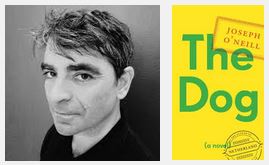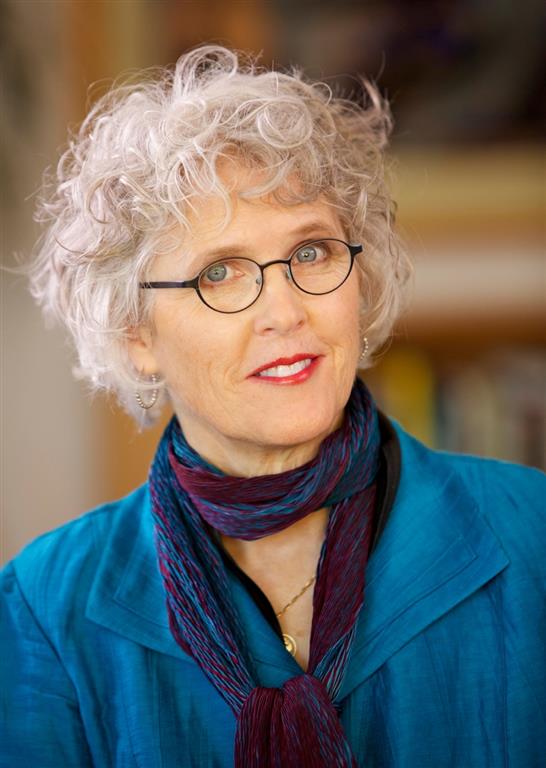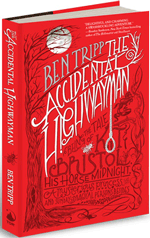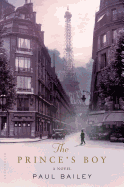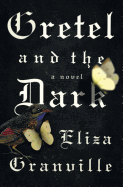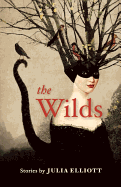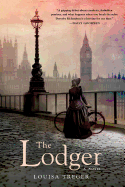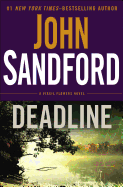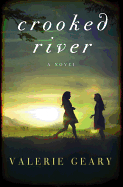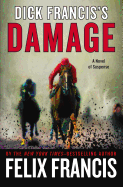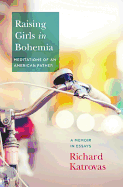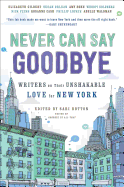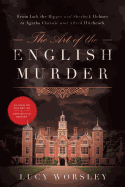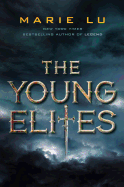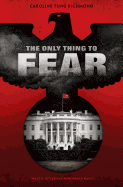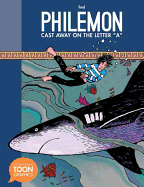 |
| photo: Tanya McClure |
Ben Tripp describes growing up in a household where "fairytales were stock in trade," as the son of children's book illustrator Wallace Tripp (best known for his artwork on Peggy Parish's Amelia Bedelia books). "I grew up immersed in all this stuff, faeries and pixies, and reading Tolkien at an age when I could still be frightened by it," he explains. As the author of horror books for adults, Tripp shifts gears quite dramatically for his first YA novel, The Accidental Highwayman (Tor Teen, October), about 16-year-old Kit Bristol, mistaken for his master, a notorious brigand. Tripp and his wife live in California.
How did you decide to write a book for young people?
I wrote the book as a whimsical outburst as a response to writing a horror novel [for adults]. I thought, "I can write this jolly story." It didn't have any "language" in it, because it wasn't required, and it didn't have grisly bits because Kit wouldn't have described that kind of thing; it turned out to be completely suitable to YA.
What was the genesis for The Accidental Highwayman?
I had the premise, the idea of a young fellow stumbling into the role of a highwayman and then into the world of magic and the rescue and all that, but I didn't know what all the incidents would be--sort of like the Nicholas Nickleby type story: the moment you move somewhere else, you have a new subplot.
I come from screenwriting originally, where plotting is absolutely rigorous. The minimum shooting unit is an eighth of a page, and the writing is more like haiku than prose. It's a different form, and you have 90 pages to tell any story, from the end of the world to the Bible. You need colossal discipline. In a novel, you can wander off for a while and you can come back, and you haven't broken it. You can take the room you need.
Some of your drawings appear in the book. What was that like for you?
Somewhere about halfway through writing a novel, I get sick of it, so what I'll do is draw the cover. I'll go into Photoshop and do the type and the drawing, and then it looks like a real book and then I'll finish it. Writing is 1/10 writing the story and 9/10 convincing yourself it's true.
I didn't really envision illustrating it. Then I thought I should illustrate it because then it would be a true adventure story, like the Wyeth storybooks. This represented a happy collision of interests. My father liked the drawings for this book. He's an actual genius, so I never pursued illustration as a course.
We loved Kit's voice and command of language, with words like "slubberdegullian"--which is a real word, we discovered.
Kit's voice emerged whole, in a lot of ways. A person like him would speak in a particular way. He's writing this as an older person, looking back at his naïveté in a lovely, nonjudgmental way.
We've put up a Web site with a glossary of lesser-known words, obsolete words, then words more advanced than a typical YA book--which arises from the fact that I didn't know who I was writing the book for. [The designer of the web site] keeps thinking I've made things up--like slubberdegullian--so I've had to prove it. It's fun, 'cause I get to write my own definitions for words like tatterdemalion and galligaskins. The use of "tharn," the whole thing about the Feyín, that etymology is completely made up. We talked about this when we were doing the audio book with Steve West, a lovely English actor. He and I were in correspondence about exactly the stuff you're talking about: What is this word? How is it pronounced? And did you make it up? Just because I can write it doesn't mean it can be said.
Where will Kit go next?
In the second book, you get to go to Faerie. That takes things in another direction. There was a tradition in the 18th century where novels take you in other directions and then describe them. The only one surviving is Gulliver's Travels. They'd go to Africa and come back and tell people what they'd seen and it was usually a pack of lies, of course. I'm taking that tradition and cheerfully updating it.
And how did you come up with the Eldritch Law?
I'd be in hard shape if someone were to ask me to publish the Eldritch Law, because I wrote the bits that I thought of, and assigned them chapters and pages and things. The faeries are forbidden from kissing or they're considered to be married, which complicates things. That's a norm, whereas the fact that they're rendered senseless in the presence of water is more a question of their biology. But it all falls under the category of Eldritch Law.
The Red (Blind) Duchess is such a fascinating villain. To take her soul seems like the worst sort of punishment.
There was a passage I'd taken out because I thought it was too scary and weird, and I put it back in--the scene with the phantalorum and the looking glass. That's true horror. The duchess is a mad pirate and has no reservations about anything. Fitting her into the book is a challenge. You have to treat the scenes carefully or they're out of bounds of the genre.
When I worked at Disney Imagineering [designing theme parks for five years], there was a huge reference library; they'd taken Walt Disney's personal library into this larger library. There was a 17th-century book on piracy. It had a library card pasted into it, and had been taken out by four people: two animators, me and Walt Disney. I think I memorized the entire book. These were real pirates, not Pirates of the Caribbean. The duchess is a distillation of all of them. You read about Blackbeard and what he really did, and we're getting into all of it but the bits about the burning at the stake and the burning shoes. You wonder, "What on earth would make you behave like that? You couldn't have a soul and do that." And that's where the duchess came from.
Do you believe in Destiny? Free will? That we can alter our destiny through choice? That's a big debate in this book. Is the map altering Kit's destiny? Or is Kit altering the map?
According to quantum physicists, time has all already happened. From that standpoint, there is no free will. On the other hand, they also say there are an infinite number of outcomes. All will occur. If you look at it that way, you choose your own adventure. In your life, you're born into certain circumstances, you overcome them or you don't, you make peace with the things you can't change, and you win or lose. At the end of it, other people decide whether it was fate or not. In fact, I think writers do that. That's our job: we decide what was fate and what wasn't.
Kit's a good example of that. He's a variation on the theme of the orphan with a mighty destiny; he's just some guy who's good with horses. But he chooses to engage with every event that comes to him, and in doing so forges an unusual fate for himself. What if you aren't somebody special, what do you do then? If you rise to the occasion, maybe you are somebody special after all. --Jennifer M. Brown
Ben Tripp: "You Choose Your Own Adventure"
